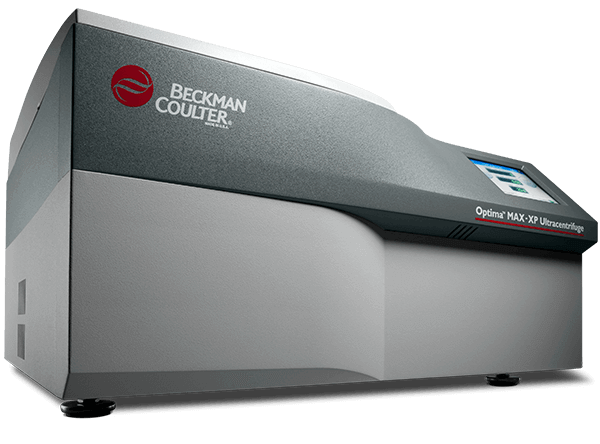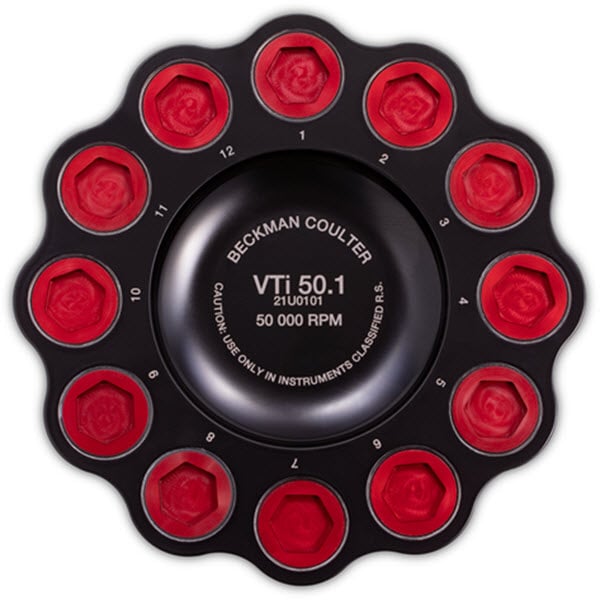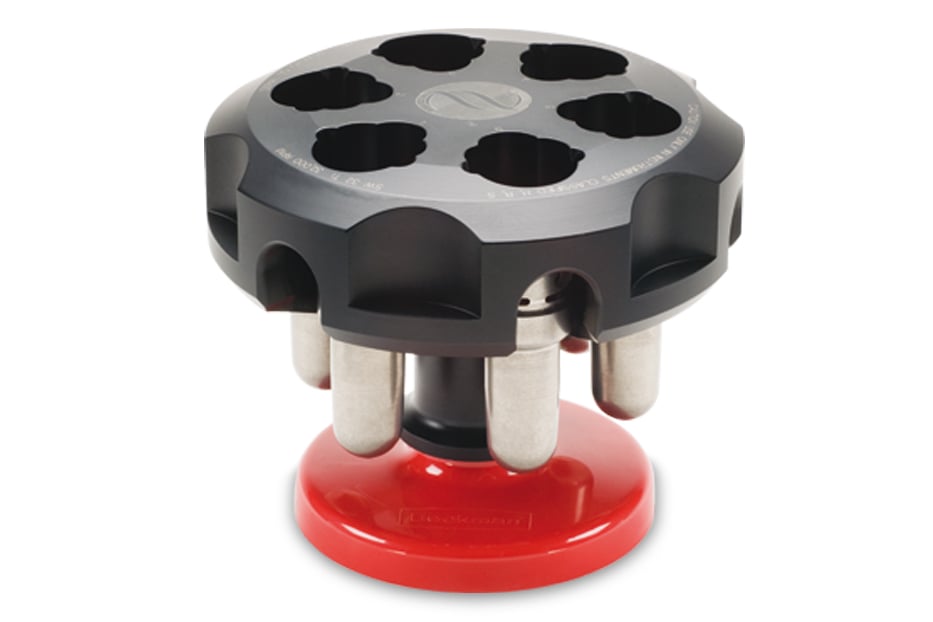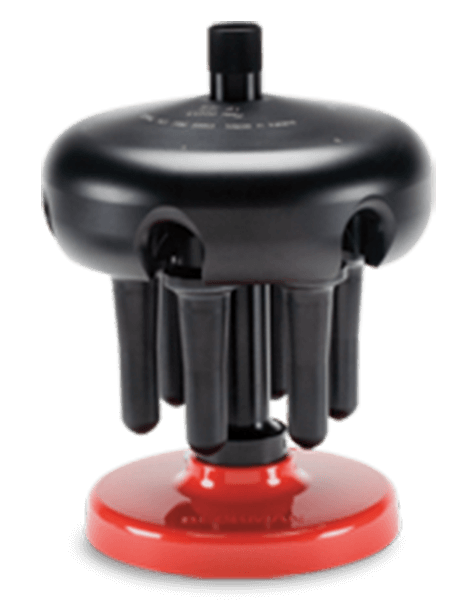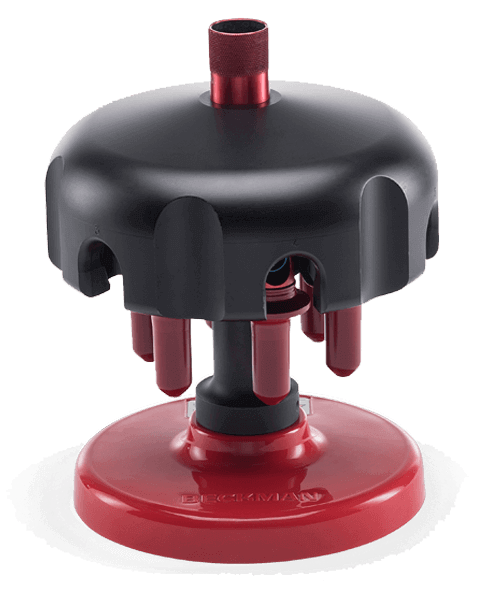Density Gradient Reagents
OptiMATE Cesium Chloride & Iodixanol
Liquid solutions designed for density gradient centrifugation, ideal for isolating various cell types, subcellular particles (such as plasmid DNA) and viruses. Our high-quality reagents are sterile and have low endotoxin levels (≤ 1 EU/mL) to support current good manufacturing practices (cGMP) workflows. To streamline density gradient preparation, we now offer the OptiMATE Gradient Maker—an automated solution that ensures precise, reproducible results.
Density gradient centrifugation is a technique used in biochemistry, molecular biology, and other fields to separate particles or molecules based on their buoyant density or sedimentation coefficient in a gradient of density-forming material.
Order Density Gradient Reagents
Applications

Separation of Biomolecules
Separate biomolecules such as DNA, RNA, proteins, and more from complex mixtures.

Virus Purification
Purify virus and viral vector capsid types including empty, partially loaded, full, and overloaded.

Isolation of Subcellular Structures
Isolate organelles such as nuclei, mitochondria, lysosomes, and membranes.

Fractionation of Cells
Fractionate cells to enable the study of distinct cell populations within heterogeneous samples.
| Rate Zonal | Isopycnic | Equilibrium Zonal | |
|---|---|---|---|
| Separation basis | Materials separate by S-value (size and mass) in a pre-formed density gradient | Materials separate by buoyant density in a self-forming (continuous) density gradient | Materials separate by buoyant density in a pre-formed density gradient |
| Typical gradient | Continuous gradient (e.g., linear sucrose gradients) | Continuous gradient (e.g., CsCl gradients) | The sample is separated into discrete segments of density (or steps) |
| Common Gradient material(s) | Iodixanol, Sucrose | CsCl, Iodixanol | Iodixanol (more common for viral separations), sucrose |
| Advantage | High resolution rate-based separation of materials with similar S-values | Highest resolution separation by density | One-step purification and concentration by density |
 |
 |
 |
Frequently Asked Questions
OptiMATE reagents should not be flushed down the drain. Cesium chloride and iodixanol solutions should be disposed of at an approved hazardous waste disposal plant according to your organization's waste disposal plan.
OptiMATE reagents are highly flexible and can be used for both step or linear (continuous) gradients to purify a variety of sample types. Cesium chloride is an ionic salt known for its high hygroscopicity, which results in low-viscosity solutions. It is commonly used in the purification of viruses and nucleic acids. In contrast, iodixanol is a non-ionic, highly viscous substance that is often gentler on particles with lipid membranes, such as cells and extracellular vesicles.













